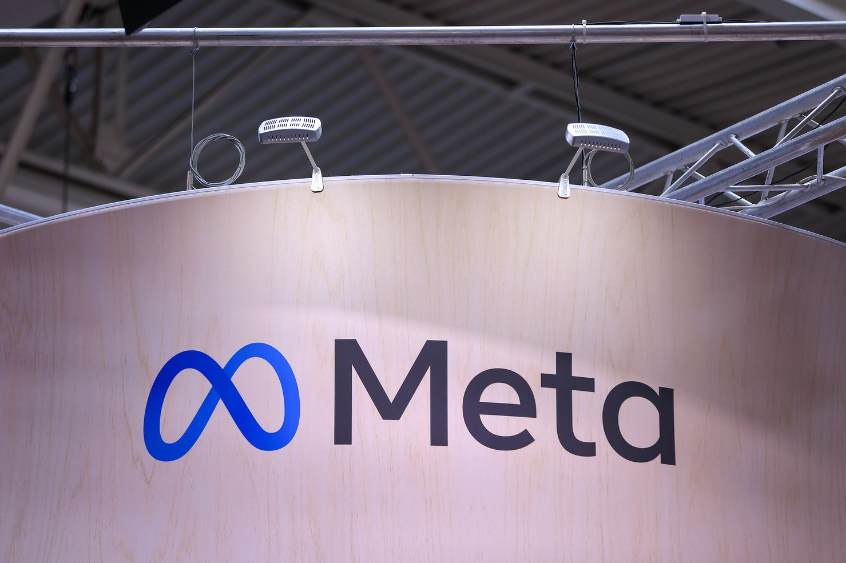Analysts forecast that the S&P 500 index’s earnings will likely grow above 12% for the second quarter and about 11-12% for the year to 247.
Source: FactSet
This is way above the 8% average growth, mostly because of a weaker Q2-2023, when earnings actually declined 4% over the previous year.
Besides, S&P 500 earnings have been stagnant at $220 for the past two years so 2024 had beat the average significantly just to catch up and revert to the mean.
Here are past 5 years – basically smoothening out the effects of Covid. After the big pandemic fall of 14% in 2020, there was that massive jump of 48% in 2021, and then two years of indigestion and inflation, which now leads to the 12% expected jump in 2024.
FactSet estimates that over the past ten years, actual earnings reported by S&P 500 companies have exceeded estimated earnings by 6.8% on average – everybody sandbags, (under promises and over delivers). I wouldn’t be surprised if earnings actually close over $250 for 2024.
Great, earnings look good with the 11-12% increase, but what about valuations?
The bottom-up target price for the next 12 months for the S&P 500 is 6006.66, which is 7.6% above the closing price of 5,584.54.
The Forward P/E Ratio is 21.4, which is above the 10-Year Average (17.9), and above the 5-year average of 19.3.
The two main causes for the high P/E
a) Out performance and AI expectations, from the Magnificent 7, which controls about 33% of the index.
b) Decline in inflation and expectations of interest rate cuts.
I believe there is exhaustion in the M-7 – there is over participation (everybody and their uncle own Nvidia) and over bought. We we saw it for a bit in the last 3 weeks with Nvidia slowing down, but Apple and Tesla picked up the slack – Tesla rose 40% and 7 days in a row! What looked like a possible correction in the middle of June, never really materialized.
Secondly, now the 10 year has finally come down to about 4.19% and two interest rate cuts are a certainly after benign inflation numbers (still high over 3% and above the Fed target of 2% but definitely in the right direction). I believe the 10 Year will be between 3.5% and 3.75% for the most of 2025, if not lower.
Strategy for the second half of 2024 and beyond. High valuations should keep the index in check, and even cause a 5-7% correction, which is actually a good thing in my opinion. Lower interest rates will keep a floor.
What should we do? In my opinion,
- Lower expectations for sure, if we make a return of 8-10% a year + dividends, that’s great, thus with this target, we can lower risk as well. For most of the year, almost every stock I had recommended had expectation of at least 15% Returns.
- You don’t have to necessarily move away from tech but a mixture of Growth At a Reasonable Price (the GARP strategy) and absolutely looking for and investing in bargains should be the cornerstone of investing for the next 12 months. In two cases recently, GitLabs (GTLB) and Samsara (IOT) waiting for bargain prices have worked very well. I started the first 5% purchase, higher and slowly worked my way down as they kept falling and in both cases the prices are 15- 20% higher than my average cost.
- Keep cash handy for corrections and drops – On June 19th, I had sold 15-20% of semi stocks as profit taking; I’m still holding onto about 10% cash, which at 4-5% in money market funds is safe and I won’t invest till I get an outstanding bargain.
- Rotation – This week I’ll identify and recommend some GARPS, some dividend picks, and cyclicals.
- I picked up Duolingo, consumer, which is expensive – about 40% invested but am adding in the 190 range.
I’ve been pyramiding in the two big pharma companies – Eli and Novo, which is the exact opposite of cost averaging, buying smaller quantities even as they get higher, simply this obesity craze will last, and they’re relatively inured with strong pipelines.







